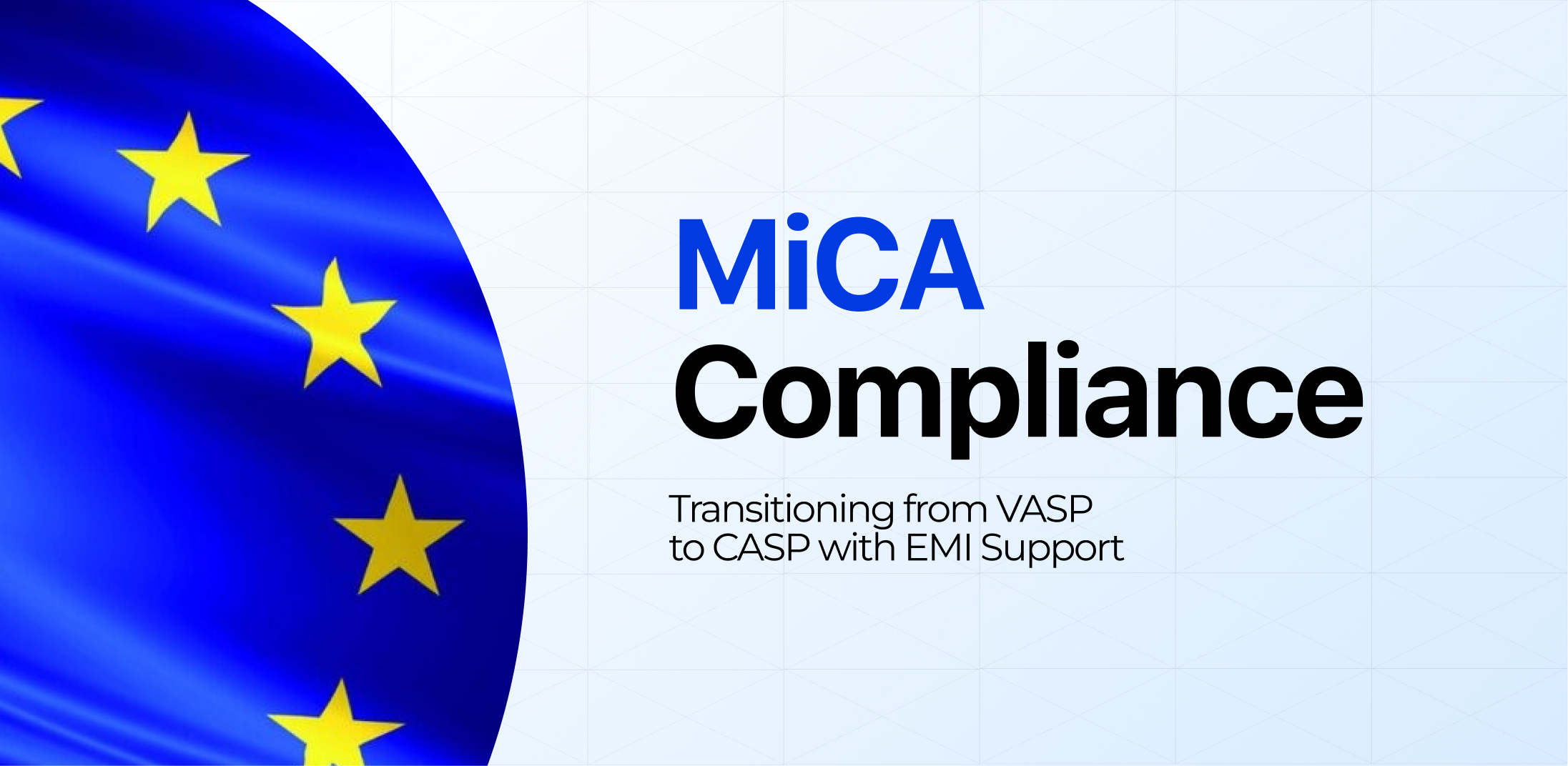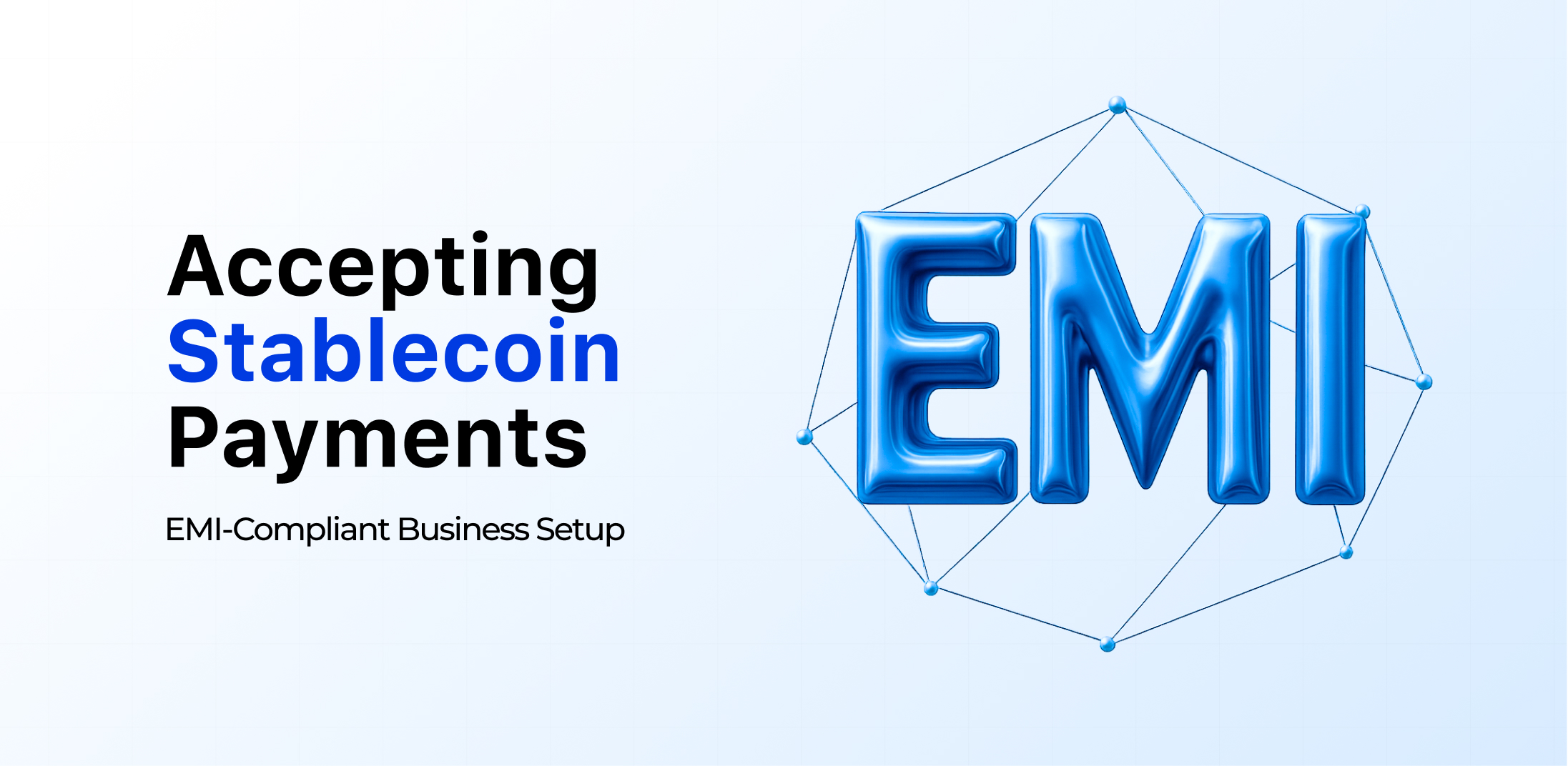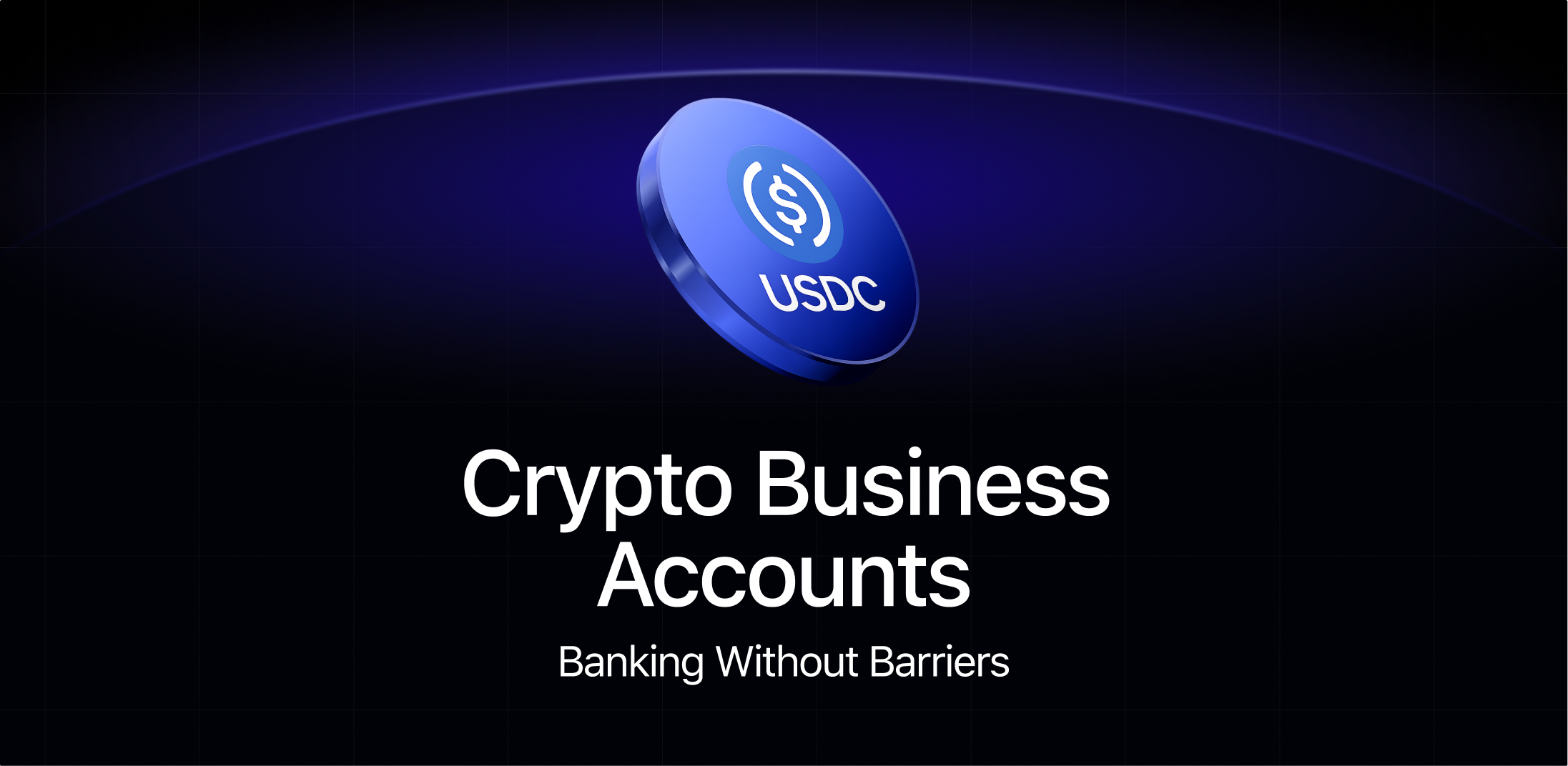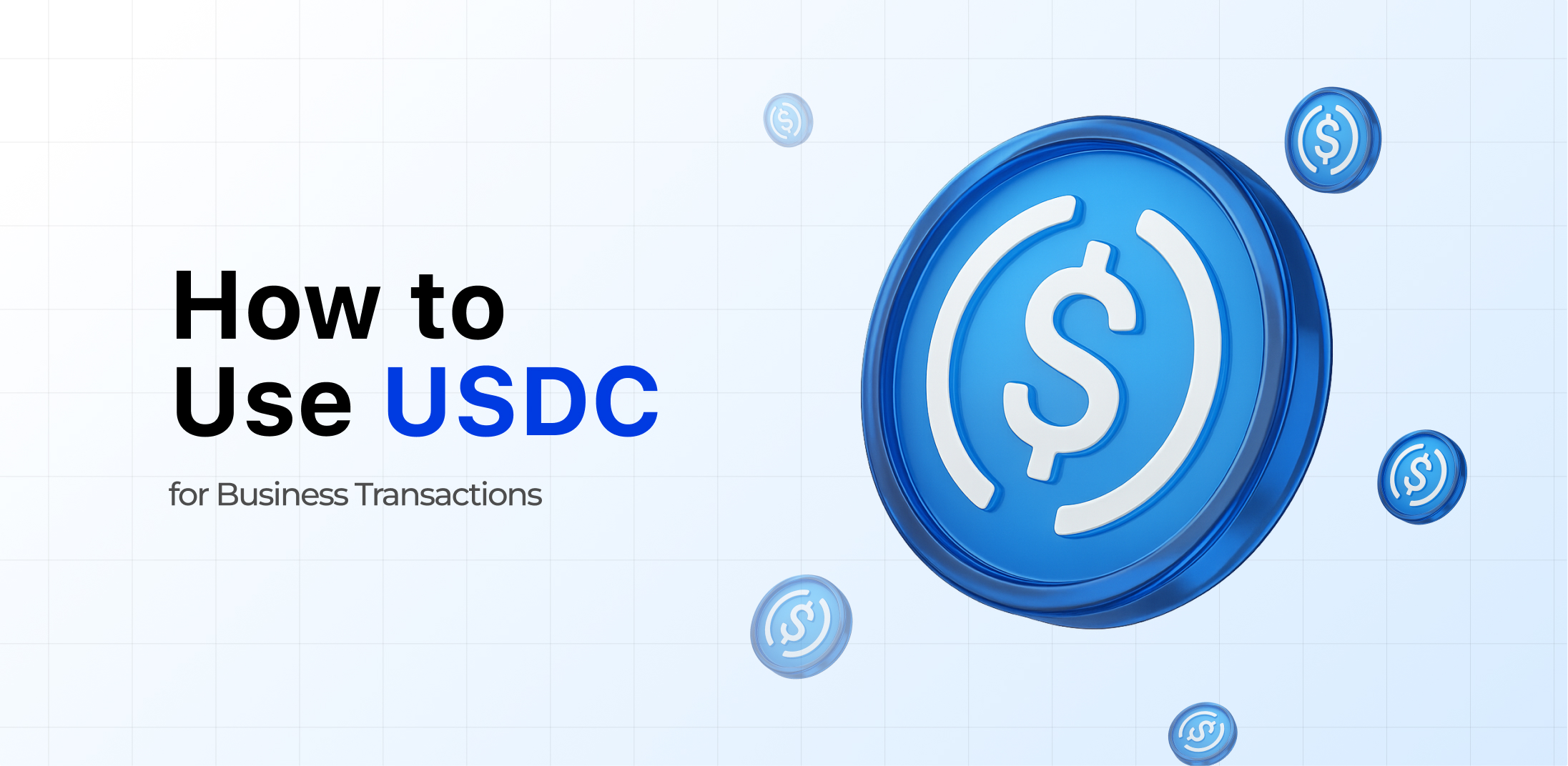Technology is advancing at an unprecedented pace, constantly evolving to bring convenience and reliability into our lives. Paying for purchases without cash has never been easier. You don’t even need to remove your credit card from your wallet.
The contactless payments system enables transactions without touching the terminal, simply by bringing the card, smartphone, watch, or other device close to it. This innovative method is quickly gaining popularity worldwide, elevating the convenience of purchasing goods to a new level.
Introduction
Contactless technology is gradually becoming an important part of modern life — for companies and ordinary users alike. In recent years, giants in the passenger transportation sector have transitioned from proprietary systems reliant on contactless payment cards to embracing instant payments via bank cards equipped with contactless technology.
More recently, they have expanded their payment innovation options to include mobile phones and NFC-enabled wearable devices like the Apple Watch. With more and more big brands entering the game, the mobile payments market is undergoing a significant change. Merchants are embracing the latest technology and adapting their apps to make mobile payments as seamless as possible.

The Evolution of Payment Systems: From Cash to Contactless
Throughout its history, humanity has depended on various payment systems to exchange goods and services. It began with bartering: cattle, grain, and other commodities. Then came currency — shells, pieces of tanned leather, gold, metal coins, paper bills, the US dollar, charge cards, credit cards, and finally, electronic payments.
All these transitions shared a common goal — enhancing usability and versatility. However, by the end of the twentieth century, alternative payment methods emerged that did not involve physical cash transactions. The pioneers in contactless payments were transportation passes for public transit.
Many recall the convenience of paying for subway rides without the hassle of carrying tokens or waiting in line to purchase them. Opting for a single travel document for multiple trips proved not only more convenient but also more cost-effective. The future of payments is just around the corner.
The Significance of Contactless Payments in Today’s Economy
Contactless payment technologies offer numerous advantages, including convenience, enhanced security, and faster transaction speeds. Users can swiftly and effortlessly make payments without the need to carry physical cards or cash.
The encrypted transmission of payment information provides protection against fraud, while the rapidity of contactless transactions can diminish queues and enhance overall efficiency. With the rising popularity of mobile payment solutions and devices, contactless payments are anticipated to become even more ubiquitous in the future.
Traditional contactless payment methods
The classic modern methods of distance billing include:
- Smart cards. These are typically versatile for both contact and contactless payments, featuring a chip and a magnetic strip. If contactless payment via card is unavailable (for instance, due to outdated reading equipment at the point of sale), conventional payment methods are still feasible.
- Smartphones with NFC technology module. Nearly every modern smartphone is equipped with such a chip. Activating it simply involves unlocking the screen and placing the device near the reader.
- Silicone bracelets with a payment microchip. These devices are versatile, serving purposes such as access control, personal identification, and various internal payment systems.
- Smartwatches, along with other wearable gadgets and smartphones that have built-in NFC technology modules.
How Do Contactless Payments Work?
Contactless payments occur when there’s no need to insert the card into the payment terminal or even touch it. Just bring the bank plastic within 1-2 cm, and everything works. This is facilitated by the NFC technology chip, responsible for this contactless magic.
The Technology Behind Contactless Payments
This operates similarly to an intercom key fob:
- The card contains an NFC chip and an antenna—a coiled magnetic wire.
- When the payment is activated on the terminal, it emits a weak magnetic field.
- As we bring the card closer to the terminal, it enters the field, inducing a current due to the antennas on the chip, similar to wireless charging.
- The chip activates and sends its own impulse in response, also as a magnetic field, with encoded information depending on algorithms.
- The payment terminal captures this impulse, decodes it, and initiates the payment process.
The NFC chip on the card doesn’t require external power — it draws power from the terminal’s magnetic field and activates instantly. Without a magnetic field, the card remains inactive. Therefore, if you approach an inactive terminal with the card, nothing will happen because there’s no magnetic field.
The Safety and Security of Contactless Transactions
According to experts, the heightened speed of contactless payments does not compromise security. In fact, contactless cards are deemed safer. With such cards, there’s no need to physically hand them over to cashiers, thereby reducing the risk of fraudsters intercepting card information.
Additionally, for purchases exceeding $100, PIN-code entry is mandatory. This ensures that if the card is stolen, the perpetrator won’t be able to make larger transactions. This technology is considered even more reliable for a virtual wallet, which is also popular among contactless payment methods.

The Benefits of Contactless Payments for Businesses and Consumers
Streamlining Transactions and Enhancing Customer Experience
One of the primary advantages is often cited as simplifying the payment process and decreasing the time required for smart transaction. This benefits both consumers and merchants alike. These secure transactions enhance online efficiency and enable businesses to concentrate on other facets of operations.
Reducing Costs and Increasing Efficiency for Businesses
The introduction of contactless payment systems can result in cost savings for businesses by decreasing the necessity for cash handling, mitigating the risk of counterfeit currency, and streamlining accounting procedures. Moreover, such online actions will lead to the execution of secure transactions and improve business operations in general.
The Global Adoption of Contactless Payments
Contactless payments are gaining popularity in Europe and worldwide. The number of payments via NFC has increased eightfold this year. In European countries, this type of payment is available in 26 participants using more than 30 gadgets. The list of the latter includes both active devices with a built-in battery (watches, smartphones) and passive devices without a battery (bracelets, rings).
Leading Countries in Contactless Payment Adoption
Contactless payment is particularly prevalent in the Netherlands, where it accounted for 33% of all transactions in 2023. This is closely trailed by the UK at 18% and Switzerland at 8%. The widespread adoption of payment innovation is evident through the participation of numerous nations worldwide. Moreover, you can acquaint yourself with the list of countries that rank among the top regions for frequent employment of cardless payments.
- Holland
- Great Britain
- Switzerland
- Poland
- Sweden
- Czech Republic
- Finland
- Germany
- Ukraine
- Italy
All of these states are trying to keep up with the times and develop technological solutions.
Future Trends in Contactless Payments Worldwide
Like the digital wallet, contactless payments work for the benefit of humanity. That’s the reality of today. But what can we expect from this trend in the future. Let’s take a look at the most possible alternatives.
- Digital currencies and cryptocurrency are forecasted to become as ubiquitous in 10 years as payments without cards are today.
- Biometrics. It is being actively developed as a response to the demand for fast confirmation of payments within omni-channelization.
- Meta-universe. The most futuristic trend for the mass market, but one that holds great potential, as it allows us to look at the buying process in a new way and more strongly engage users from different parts of the world.
Here are the future trends that are already actively on the minds of users today.

Challenges and Considerations in Implementing Contactless Payments
We must recognize and acknowledge that contactless payments also have their drawbacks or downsides. Let’s examine them a bit more closely.
Addressing Security Concerns
Contactless payment is convenient, yet, like any technology, it carries inherent risks concerning mobile payments security and data privacy. Since no PIN is required, a lost credit card or stolen device could potentially grant an attacker effortless access to your funds.
Contactless credit cards utilize radio frequency identification (RFID) to transmit data, and hackers have devised methods such as creating fake scanners or employing card skimmers specifically designed to intercept data transmitted via RFID. Should a hacker acquire information from a card or wallet, they can generate cloned cards. Special detectors exist to identify the presence of skimmers.
Overcoming Technological Barriers
Addressing the technological barriers to enhance the efficiency of contactless payments represents a significant challenge for all stakeholders in the industry. Many fields and products today face a similar problem. Therefore, it is important not to dwell on individual points, but to focus on possible solutions to the barriers.
In a digital age where convenience reigns supreme, it’s imperative to integrate the capability for contactless payments into your business model from the outset. Introducing such features becomes increasingly challenging as your business evolves. Nonetheless, leveraging modern technology and streamlined procedures, service providers can assist in implementing such solutions seamlessly.
Conclusion
In today’s fast-paced world, convenience reigns supreme. Individuals are always seeking ways to simplify their lives and streamline their daily routines. In the realm of financial transactions, contactless payments have emerged as a game-changer, providing a level of convenience unmatched by traditional transaction methods.
Summarizing the Impact of Contactless Payments
Contactless payments have solidified their status as the favored payment method for numerous individuals, offering a plethora of benefits. Firstly, they ensure a smooth and prompt checkout process, eradicating the necessity of waiting in lengthy queues or dealing with exact change.
Furthermore, contactless payments boast high levels of security, employing encryption and tokenization to safeguard sensitive data. This assurance fosters consumer trust and promotes broader acceptance. Additionally, contactless payments provide NFC technology convenience on a global level, enabling transactions in various currencies without the inconvenience of currency conversion.
Embracing the Future of Transactions
As technology continues to advance, the future of contactless payments appears promising. With increasing acceptance and accessibility of contactless payment terminals, the adoption rate is poised for further growth. Moreover, integrating contactless payment technologies into wearable devices like smartwatches and fitness trackers enhances convenience and accessibility. The emergence of blockchain technology also holds potential for secure and transparent electronic transactions.
Contactless payments have revolutionized the way we handle financial transactions, offering unparalleled convenience and efficiency. The surge in contactless payments indicates a move towards a more streamlined and digitized future. As businesses and consumer behavior embrace these innovative payment methods, the financial transaction landscape will continue to evolve, offering enhanced convenience and security for all.








